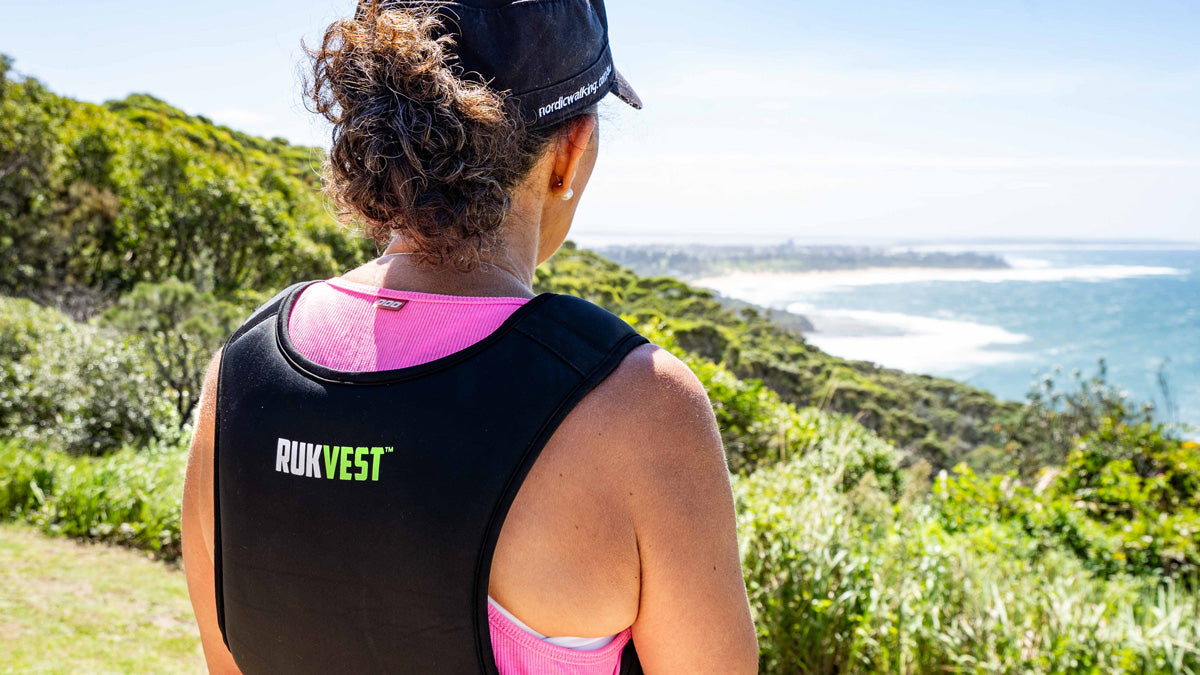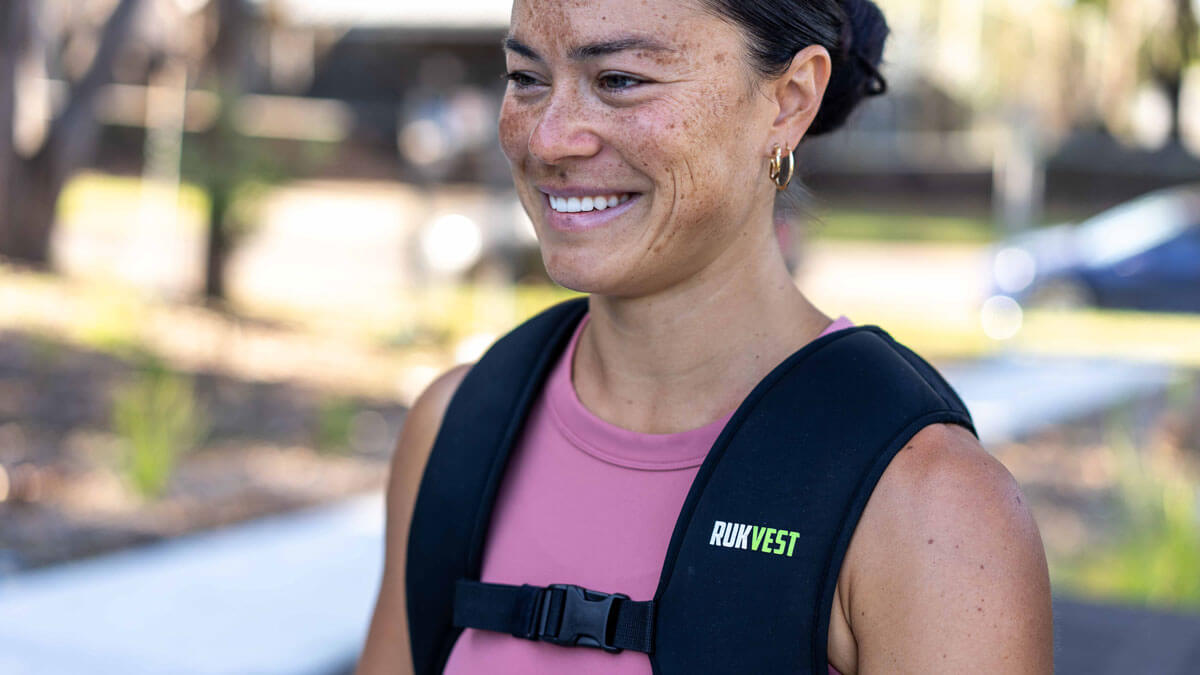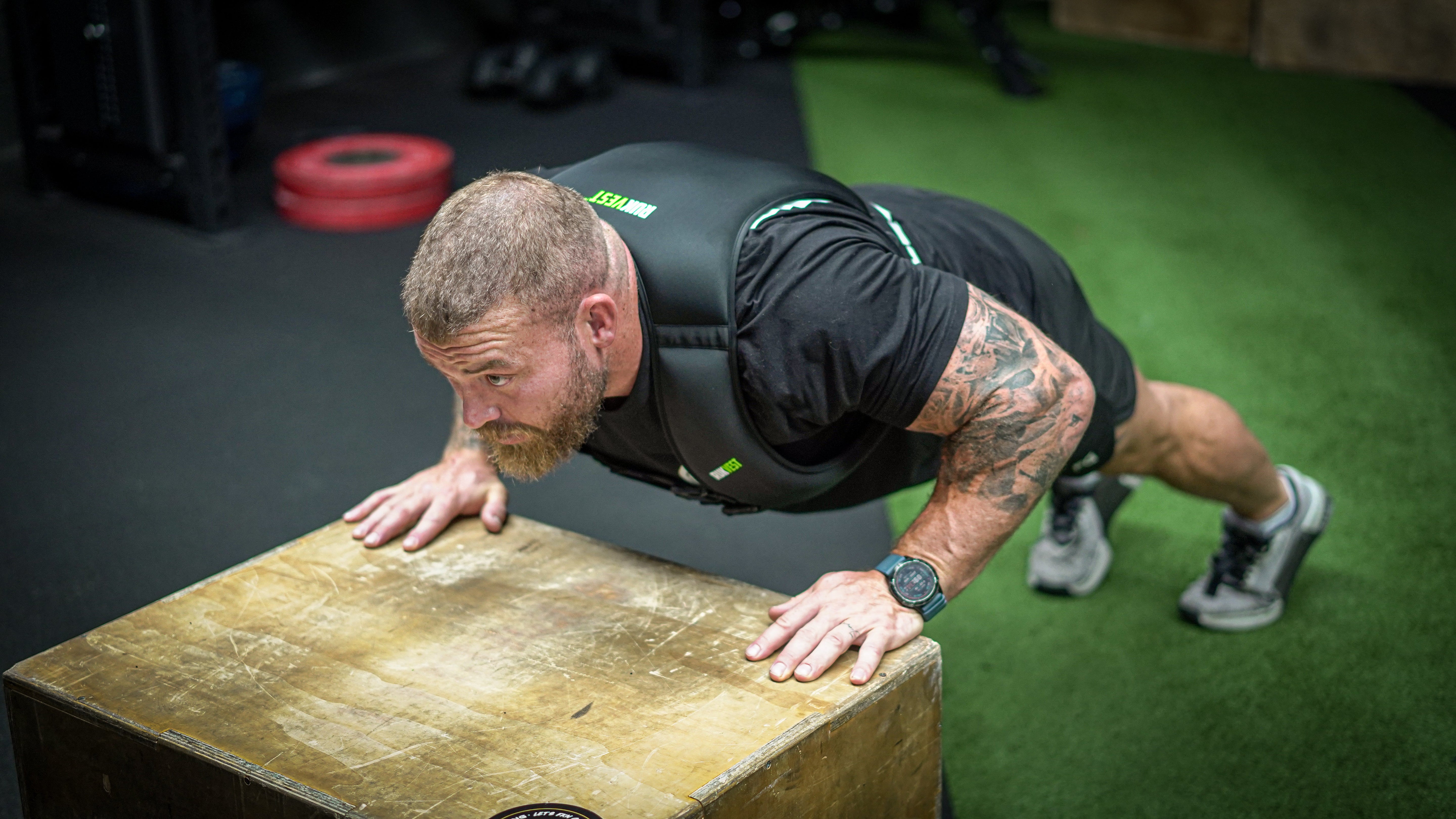When considering exercise routines, the choice between working out indoors versus outdoors might seem trivial at first. However, emerging research and anecdotal evidence suggest that exercising outside offers distinct health benefits that go beyond mere physical fitness. From natural light exposure to mental health improvements, outdoor exercise may be superior in several key areas.
Key Takeaways
- Outdoor exercise provides full-spectrum sunlight, including red and infrared light, which supports vitamin D production, circulation, and cellular repair.
- Morning sunlight exposure helps regulate cortisol and improve sleep–wake balance, reducing stress naturally.
- Exercising in nature lowers anxiety, boosts mood, and enhances mental clarity and focus.
- Outdoor workouts feel more enjoyable and foster consistency, social connection, and community.
- Whenever possible, step outside—fresh air and natural light amplify both physical and mental health benefits.
Natural Light and the Full Spectrum
One of the most compelling reasons to take your workout outside is the exposure to natural light. Unlike indoor gyms, which often rely on artificial lighting, outdoor environments provide access to the full spectrum of sunlight, including red and infrared wavelengths. This full-spectrum exposure plays a crucial role in various physiological processes.
Sunlight influences the production of vitamin D, which is essential for bone health, immune function, and reducing inflammation. Vitamin D synthesis is stimulated by ultraviolet B (UVB) rays, which are abundant in natural sunlight. While indoor gyms might use fluorescent lights or other artificial sources, these cannot replicate the full range of sunlight's benefits.
Infrared light, which penetrates deeper into the skin compared to visible light, has been associated with various health benefits, including enhanced blood circulation and improved cellular repair. Natural sunlight's infrared spectrum contributes to these effects more effectively than indoor lighting, potentially accelerating recovery times and enhancing overall well-being.
Cortisol Regulation
Cortisol, often referred to as the "stress hormone," is crucial for managing stress responses and regulating various metabolic processes. The body's natural cortisol rhythm is closely linked to exposure to natural light. In the morning, exposure to sunlight helps synchronise the body's internal clock, or circadian rhythm, which plays a significant role in regulating cortisol levels throughout the day.
Outdoor exercise aligns well with this natural rhythm. When you exercise outside, particularly in the morning, you expose yourself to sunlight that helps regulate your cortisol levels, promoting a balanced stress response. In contrast, indoor environments, with their artificial lighting, might disrupt this natural rhythm, potentially leading to elevated stress levels and poor sleep quality.

Mental Health Benefits
The mental health benefits of outdoor exercise extend beyond the physical. Numerous studies have shown that exercising in natural environments can significantly boost mood and reduce symptoms of anxiety and depression. One reason for this is the psychological impact of being in nature. Natural settings tend to be restorative and calming, which can help reduce mental fatigue and improve emotional well-being.
Exposure to green spaces, such as parks or forests, has been linked to lower levels of cortisol, improved mood, and decreased feelings of stress. The concept of "biophilia," which suggests that humans have an innate connection to nature, supports the idea that spending time outdoors can be particularly beneficial for mental health. Outdoor exercise, therefore, not only provides physical benefits but also contributes to emotional and psychological resilience.
Cognitive and Behavioural Enhancements
Engaging in physical activity outside also has cognitive benefits. Studies indicate that outdoor exercise can improve attention and cognitive function. The combination of physical exertion and the stimulating natural environment helps sharpen focus and enhances mental clarity. For instance, walking or running through varied terrain and natural landscapes requires and reinforces attentiveness, thereby enhancing overall cognitive performance.
Behavioural changes also accompany outdoor exercise. People often find themselves more motivated to exercise outside compared to indoor settings. The fresh air, changing scenery, and natural environment can make workouts feel less monotonous and more enjoyable, leading to greater adherence to an exercise regimen.

Social Interaction and Community
Exercising outdoors often provides opportunities for social interaction and community engagement. Whether it's participating in a group fitness class in a park or joining a local running club, outdoor exercise fosters social connections that can enhance motivation and accountability. Social support and interaction are crucial for maintaining long-term exercise habits and improving overall well-being.
While indoor exercise has its merits, particularly in inclement weather or when specialised equipment is required, the benefits of exercising outdoors are substantial. From the advantages of full-spectrum sunlight exposure, including red and infrared light, to the positive impacts on cortisol regulation and mental health, outdoor workouts offer a range of physiological and psychological benefits. The combination of natural light, fresh air, and the restorative effects of nature make outdoor exercise a compelling choice for those seeking to optimize their health and well-being. So next time you plan your workout, consider stepping outside – your body and mind will likely thank you for it.
--
Written by Dr (Osteo) Lisa Vaughan
B.App.Sci(Osteo)
Osteopath, Fitgenes DNA practitioner, wife, mother, Health and Wellbeing fanatic.








Share:
The Benefits of Rucking and Progressive Overload Training
Upgrade Your Daily Walk: The Simple Trick to Burn More Calories and Hit 10k Steps